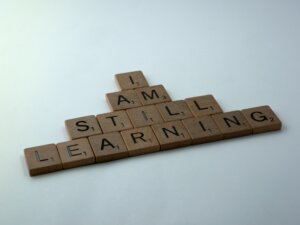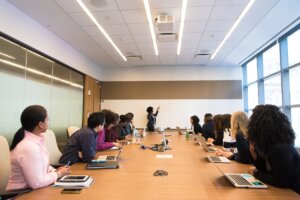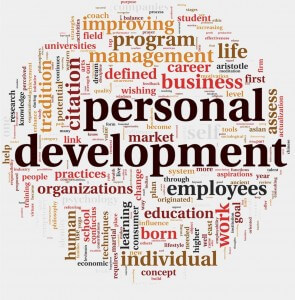
While I support the caveman theory of learning (the art of learning to survive anyway you can), I fully understand why the Greek and Roman philosophers and humanists of later years are given credit for at least the philosophy-based learning theory. And, the rest is important to see how we got where we are today.
In 2001, Linda-Darling Hammond, Kim Austin, Suzanne Orcutt, and Jim Rosso developed a telecourse for Teachers Education and Development at Stanford. The course was called How People Learn: An Introduction to Learning Theories. It is from their work that I draw my focus and brief synopsis here.
As philosophy began to accept the body and mind theories prevalent in later times, we began to see psychological approach to learning, which began with Edward Thorndyke (also big in animal learning) and B.F. Skinner in his study of stimulus/response (who used animals in his studies). Further advances were made by Jean Piaget in child development who understood learning to be most effective when it was delivered and how. Piaget recognized rote learning and activities were important in the student making connections and learning on his own. Lev Vygotsky added to Piaget’s learning theories that there was social culture affect–thus environment.
The progressive theories that began most likely with Vygotsky continue today, with John Dewey, who agreed with Jean-Jacques Rousseau (philosopher) that education should not be separated from life itself, but should be managed by a teacher who understood his subject and the development of the mind and help the student “uncover” or discover the curriculum needed in life. Horace Mann took away the “external boss and dictator” and put in his or her place a leader and organizer of activities. Maria Montessori made the student the leader in his or her own learning and incorporated play as an important part of learning. Jerome Bruner took idea that if complex ideas were broken down into simpler ideas and built upon in a curriculum, we have learning taking place. The last ones, beginning with Vigotsky are the Progressives, which, by the way, are among those still pretty much shaping how we view the learning environment today.
Not bad for a quick history of learning theory. I apologize in advance for leaving out a significant portion, but my space and time is limited. I think I can still make my point–so here goes:
We’ve come a long way from the caveman who sought knowledge and how-to experience as a means of survival. We know how to speak and teach those theories, and hopefully make good use of them as trainers and, of course, as teachers.
Without learning theories we’d be out rooting from grubs and killing game. Why it’d be every man, woman and child on their own. Well, it wasn’t. We stuck together. We learned from each other, and probably before the written word. The culture we lived in directed how we would teach others. That is not to say I am not grateful to the work of the philosophers, psychologists and educators who communicated those theories, but they were the first to be able to communicate how we learn. And that is the basis for everything we do in this complicated society of immensely diverse cultures of today. It’s not just how to get on socially, how to do business, how to preserve the peace… Or is it? It has always been that way.
What did we get from these great men and women above? What we know about learning. Documented, scientific evidence that is bound to increase volumes as we go on. There’s a body of knowledge, growing exponentially. No one, no matter what he says, can know it all.
So what do we know about how we learn? Put simply, since this is a short article–a blog:
- The brain plays a role
- The Learning environment makes a difference
- Learning is based on associations
- Learning occurs in cultural and social contexts
- People learn in different ways
- People think about their own learning and what they feel matters
All are important everyone involved in learning, be it education or training. It is the last point, I think gets overlooked the most. I think educators are more directly connected to their students and are more likely to acknowledge and address feelings as a matter of course. Trainers, on the other hand, can be in and out quickly, processing and training. We aren’t as connected I’m sorry to say. Hopefully, we try.
Feelings matter. Emotions affect how we learn or even if we want to. Our authors, Linda-Darling Hammond, Kim Austin, Suzanne Orcutt, and Jim Rosso:
Both thoughts and emotions shape the learning process. Metacognitive skills—being able to think about and monitor one’s own thinking — enable learners to manage their learning process, to learn difficult new concepts, and to problem-solve effectively. Good metacognitive thinkers are also good intentional learners; they are able to redirect the normal frustration that occurs when things are confusing or not initially productive into further learning. Emotions also play a role; students who are fearful, anxious, depressed, or distracted cannot focus to process information. Positive emotions –feelings of confidence and willingness to exert effort – help students to think, perform a learning task, and process new knowledge. Emotional intelligence – the ability to recognize and manage one’s emotions, to solve conflicts, to motivate oneself, and to persevere in the face of difficulty – can also be taught.
Although just a caveman at heart, these philosophers, psychologists, educators, teachers and trainers are my heroes. I feel lucky to be able to do what I do, blessed with the knowledge and insight they have given the world. Through them, we have the six simple points that every teacher and trainer should know. With those simple points we can train the world no matter how big or complex it becomes.
As always, my ideas are my own–no matter how strange. I have a website where I write other ideas about theatre and communication.

A final thought. We all know the brain is an amazing tool. I can hardly believe that in one weekend, my own brain (and of course the brains of many others) took in and processed the award-winning play Angels in America, Part One: Millennium Approaches and Part Two: Perestroika on Thursday and Friday and I wrote in-depth reviews on each. On Saturday afternoon I took in the obscure Wonderland! (Not the one that lasted 60 days on Broadway) and reviewed it as well. It’s amazing to me that learning took place each day by me and all who experienced these plays. Hopefully, it doesn’t seem strange when you see me write on training and development one time and the next review a play. It’s all about conveying information to an audience and convincing that audience to learn something. It is truly about feelings and people–and learning.
—
For more resources about training, see the Training library.
For a look at the human side of training from my Cave Man perspective, please check out my book, The Cave Man Guide to Training and Development. Happy training.
 Sections of this topic
Sections of this topic





